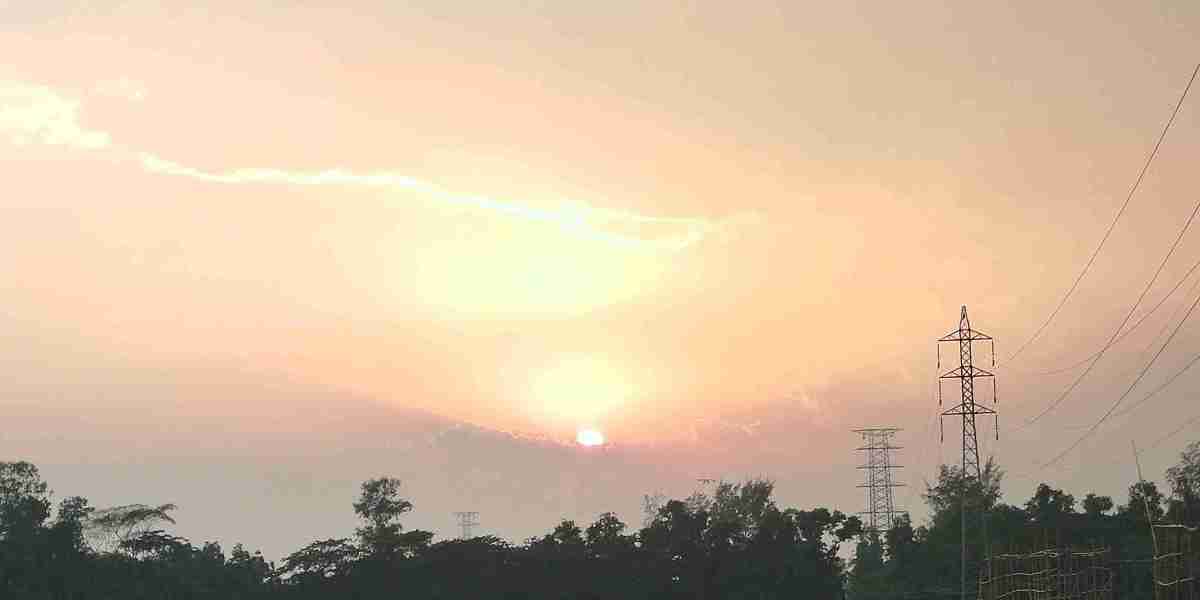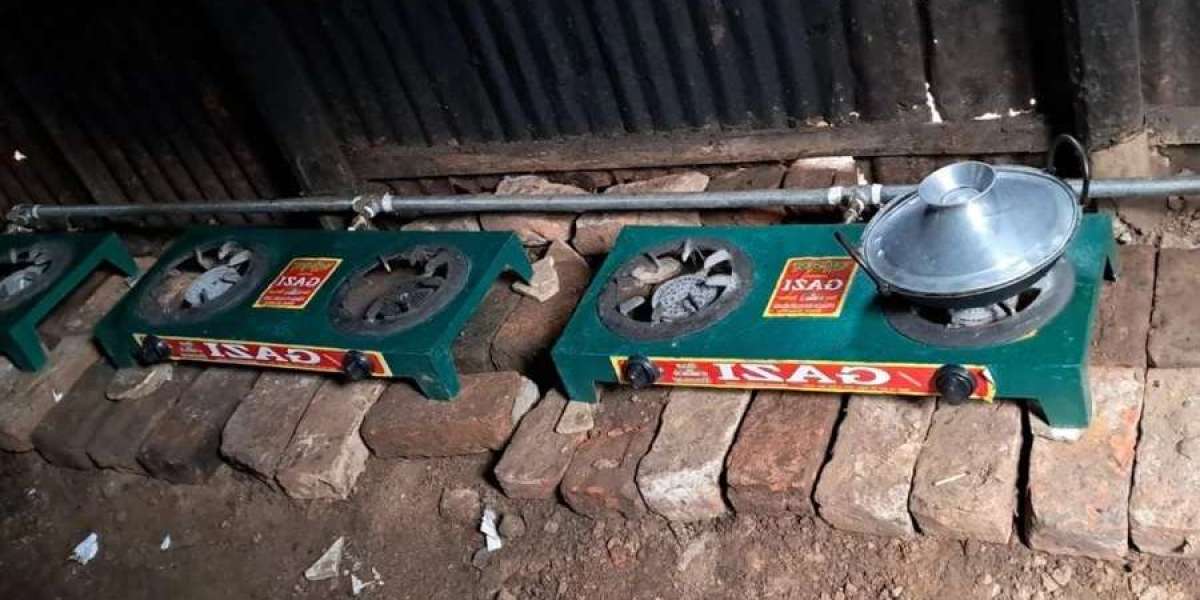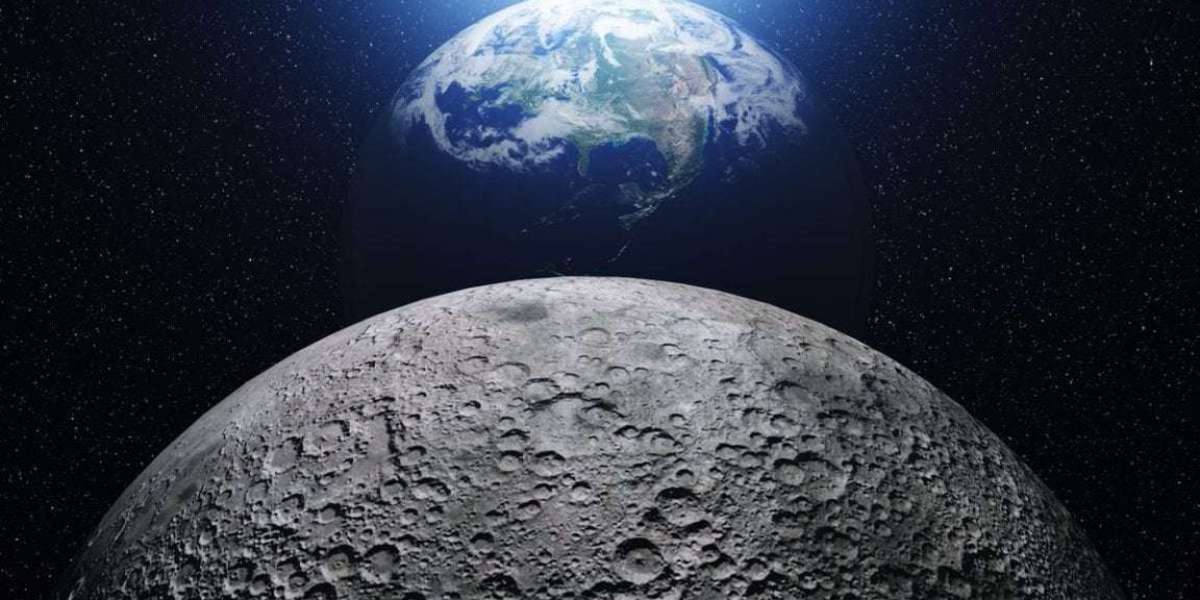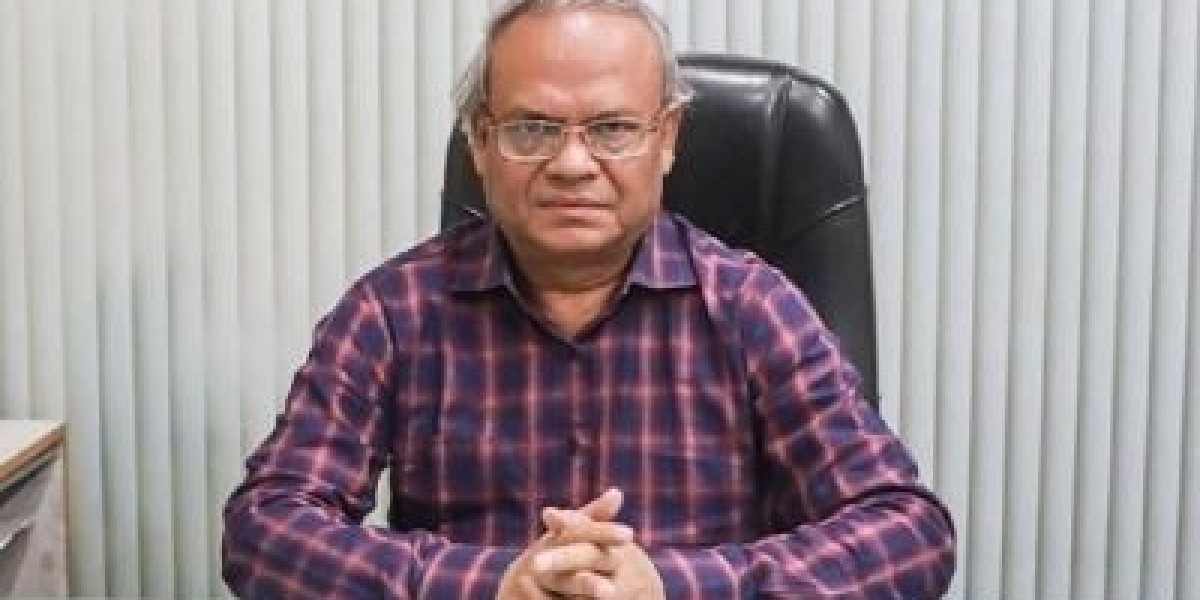How India went to the moon at such a low cost
October 5, 20244 Mins Read
India became the fifth country to send a rover to the moon. But if you count the normal number of spacecraft landings, India is fourth. The former three countries are the United States, China and the Soviet Union. The UK space agency ISAO has also sent spacecraft to the moon, but has not been able to make a soft landing.
India
This time it is necessary to understand a little about the hemisphere. The line that passes through the center of the moon, like the earth, is also called the equator. On one side of this line is the Northern Hemisphere or Northern Region, on the other side is the Southern Hemisphere or Southern Region. The southernmost point or region in the southern hemisphere is called the South Pole. Earlier, China's probe Shang-4 also visited the southern hemisphere of the moon. But no country could send any spacecraft to the South Pole. Why?
To understand the answer, it is necessary to talk a little about the two sides of the moon. The Moon is so trapped by Earth's attraction that only one side of it is visible from Earth. This particular locking is scientifically called tidal lock. The Moon is tidally locked with the Earth. It rotates on its own axis. Since only one side is visible from Earth, it is easy to send spacecraft to this side. It is difficult to send a ship to the other side. And if it is at the other extreme, then you can understand how difficult the work becomes! That is the south pole of the moon. Chandrayaan-3 landed here.
Because the other side of the moon cannot be seen, it is called 'dark side of the moon' in English. This dark does not mean darkness, but the unknown. The sun also shines on the other side of the moon. However, some areas of the opposite side are shaded, and there are ditches. However, this 'dark' naming has nothing to do with it.
What is the problem of going to the other side of the moon, what is a successful soft landing - everything is understood. Now the question is, how did India accomplish this difficult task?
First of all, we have to talk about the efforts of the Indian government. India has invested substantially in science and research over the past 70 years. Became a nuclear power, invested in space exploration. All these years of investment and hard work have come together in this campaign.
Also, if we take into account the low cost of labor in the labor market of India, that is, South Asia, then the issue of cost reduction becomes much clearer. Apart from that, India has used completely indigenous technology in this regard. All made by themselves. That's why the cost has come down so much.
Apart from this, India has used another thing. Its name is Slingshot. That is, to change the trajectory of the spaceship by using the gravity of a cosmic object. India has done that. That's why the Chandrayaan-3 spacecraft had to go around the moon several times. The earth also had to turn many times while leaving the earth. The spacecraft changed its orbit slightly during each rotation. That is why Chandrayaan-3 spent the first 17 days in the earth's orbit. Then spent 23 days in the orbit of the moon. India has saved money by spending so much time. 'Time is money' - the exact application of this word can be said!
It has gone to the moon, now what will Chandrayaan-3 do? To get the answer to this question, it is necessary to know a little about the structure and parts of the spacecraft. According to information on the official Chandrayaan-3 mission page of the Indian space research agency ISRO, it has three main components. The first part is called the Propulsion Module. It has only one main payload. Payload means the object that a spacecraft primarily carries. In this case the payload is Spectropolarimetry of Habitable Planet Earth, SHAPE for short. Various experiments will be conducted with this device in this campaign.
Collecting and measuring various atmospheric data, spectroscopic analysis will be done with this instrument. The spacecraft is powered by a 440 Newton liquid fuel engine. It also has a star sensor, a tracking, telemetry and command antenna and a solar cell.
The second major component is the Vikram Lander. This has played a role in the normal landing of the spacecraft. Besides, it will help in the research work on the lunar surface for the next 14 days. It has a payload—Radio Anatomy of Moon Bound Hypersensitive Ionosphere and Atmosphere, RAMBHA for short. It has many other interesting devices, sensors and different types of cameras.
The third part is called Pragyan Rover. It consists of an Alpha Particle X-ray Spectrometer or APXS and a Laser Induced Breakdown Spectrometer or LIBS (LIBS). These will be useful in studying the mineral and chemical composition of the lunar surface.
The main purpose of Chandrayaan-3 is to find out whether there is water or not on the moon, rocks, sand etc. We still don't know much about the other side of the moon. Scientists all over the world are hoping that Chandrayaan-3 will shed some light in this darkness of the unknown.


















































